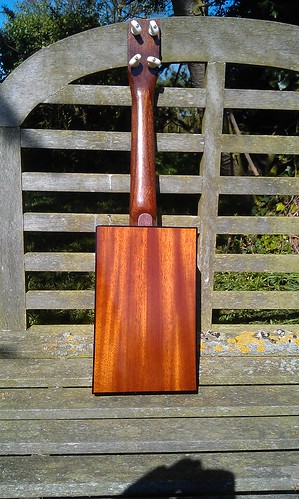I should start every thread with a big SORRY
but I have another question
if you was making a L shaped piece (size not important) how do you get a crisp internal corner?
my only thought is to start with a morticer (which I dont own)
not often I need to do this, but when I do it is usually creep up to cut with tablesaw \ tracksaw then get a handsaw\jigsaw to get into corner but it is never "perfect)
Steve
but I have another question
if you was making a L shaped piece (size not important) how do you get a crisp internal corner?
my only thought is to start with a morticer (which I dont own)
not often I need to do this, but when I do it is usually creep up to cut with tablesaw \ tracksaw then get a handsaw\jigsaw to get into corner but it is never "perfect)
Steve









